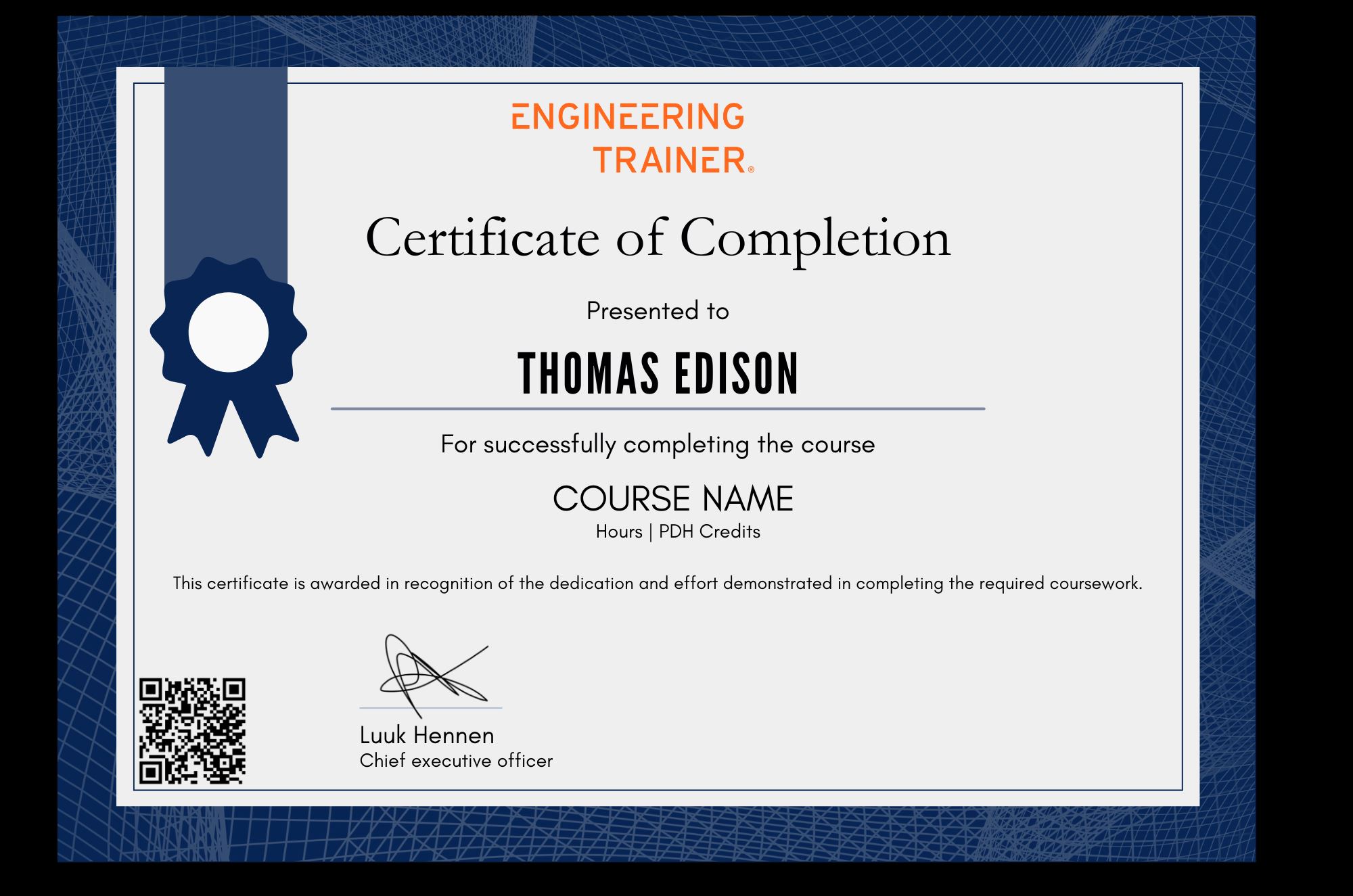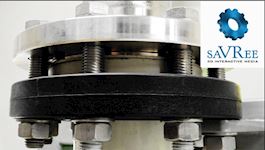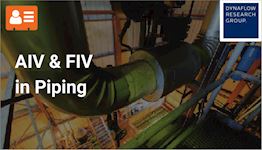Introduction to Heat Exchangers
Why take this course?
This self-paced course offers a thorough introduction to heat exchangers, including shell and tube, plate, single/multi-pass, and flow configurations. Learn key terminology, failure causes, and performance considerations across industries. The course includes video lectures, quizzes, and provides a certificate with PDH credits—ideal for engineers seeking practical, foundational heat exchanger knowledge.
What you'll learn
After this course, you will...
• Be able to identify the common types of heat exchanger (plate, shell and tube),
• Be aware of the various designs (parallel, cross and counter flow),
• Know the advantages and disadvantages of each heat exchanger type,
• Know the components of each type of heat exchanger,
• Understand the reasoning for the type and design of heat exchanger employed for certain applications,
• Understand how heat exchanger fouling can occur and what causes it,
• Have practical knowledge concerning heat transfer.
About the course
Almost all industrial processes require some form of heat transfer. Oil refineries, power stations, chemical plants and HVAC installations, all must exchange heat. But how you do this in a controlled and efficient manner? What equipment is involved and how does this equipment work? This course will answer all of these questions and many more!
In this course, you will learn about heat exchangers. You will learn about shell and tube heat exchangers and plate heat exchangers. By the end of the course you will be able to:
Identify different types of heat exchanger.
Know advantages and disadvantages associated with each heat exchanger type.
Identify single and multi-pass heat exchangers.
Identify regenerative and non-regenerative heat exchanger systems.
Identify cross, parallel and counter flow designs.
Know terminology for the shell and tube heat exchanger, and plate heat exchanger.
Know common reasons for heat exchanger failure and fouling.
And much more!
The course is designed to take you from zero to hero concerning heat exchanger knowledge. Even if you already have some background engineering knowledge, this course will serve as an efficient refresher. Whatever your level of understanding, or engineering background (mechanical engineering, HVAC, chemical engineering, oil & gas industry, power engineering etc.), this course will provide you with a good understanding of different heat exchangers and their details.
Who should attend this course
• This course is designed for Piping Designers, Pipe Stress Engineers, Mechanical Engineers, Process Engineers, or Maintenance Engineers with 0-3 yrs of experience.• This course is beneficial for anyone in the oil & gas, HVAC, chemical engineering, mechanical engineering, or power engineering industries.
Prerequisites
• Lessons are explained in depth to allow students to build their knowledge from the ground up.• Experience in an engineering field such as oil and gas, chemical engineering, power engineering, mechanical engineering, HVAC, etc. is beneficial, but not required
Program & Details
-
Welcome
1. Welcome & Your instructor
2. Content overview
3. How to use this course -
Introduction to Heat Exchangers
1. Introduction to Heat Exchangers
-
PHEs
1. Welcome & Your instructor
2. Content overview
3. How to use this course -
Refresh Lessons
1. Refresher Lesson: How Shell and Tube Heat Exchangers Work
2. Refresher Lesson: Plate Heat Exchanger Summary -
Final Notes & Certificate
1. Congratulations
2. Course evaluation survey
3. Your Personal Certificate
Certification


Why choose EngineeringTrainer
-
Unlimited Team-wide Access
-
Advance Technical Competences
-
Courses by Industry Authorities
Since using EngineeringTrainer our internal mentorship has a much more matured character.
Logan Chapman - COO at Chapman Consulting Inc.







